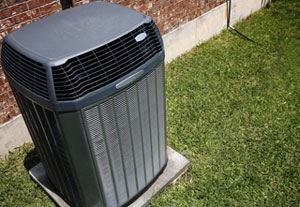Attic insulation isn't the only kind of insulation you need. In order to maintain home efficiency, you need HVAC insulation as well. Specifically, insulation for your ductwork. Without proper insulation, hot air will gradually cool down and cold air will heat up as they make the journey through your ducts, losing a significant amount of energy by the time they reach your rooms. How can you tell if your HVAC insulation is working properly? Here are a few things to look for.
The Importance of HVAC Insulation
A significant portion of your ductwork goes through your attic. Your attic retains a lot of heat in summer and gets very cold in the winter. Your ducts need to be insulated against those temperature fluctuations. Without proper insulation, cold air from your AC will absorb the heat as it flows through the ducts in your attic. Likewise in winter, warm furnace air will grow colder.
This is the first major sign that your HVAC insulation isn't working the way it should: If the air flowing into your home isn't as hot or as cold as it should be, this means you're losing energy, and in turn, your system needs to run longer in order to heat or cool your home properly, which drives up your bill.
HVAC Insulation Damage
Another way to tell if your ductwork insulation is adequate is to check it for damage, such as tears in the duct wrapping. In some cases, damaged insulation can also cause blockage in your ductwork, which restricts the airflow. In other cases, damage might include moisture around the ducts or even mold growth.
If the damage is minor, the insulation can probably be fixed using metal or foil tape. If it's more extensive, you may need to have your ducts rewrapped with new insulation. If you have mold, you'll need a ductwork cleaning in addition to any repairs. Whatever the damage, talk to your HVAC technician to see what needs to be done.
For more help maintaining proper HVAC insulation in your home, contact us at Air Assurance. We strive for excellence in meeting Broken Arrow's home-comfort needs.









